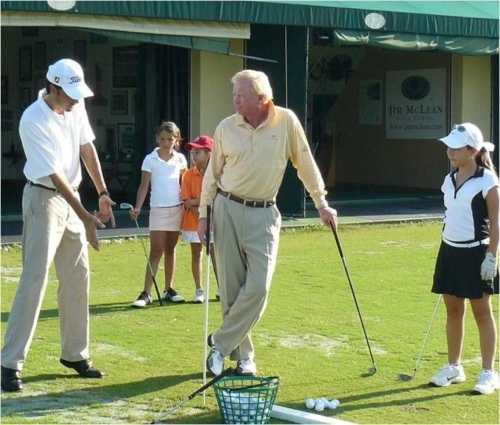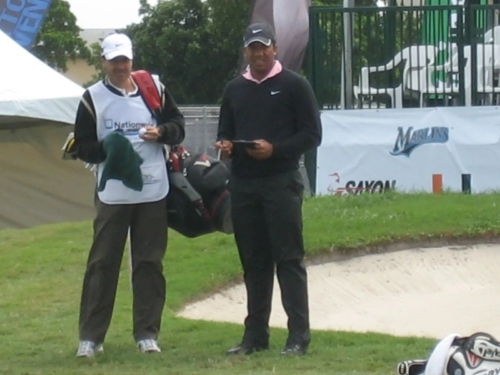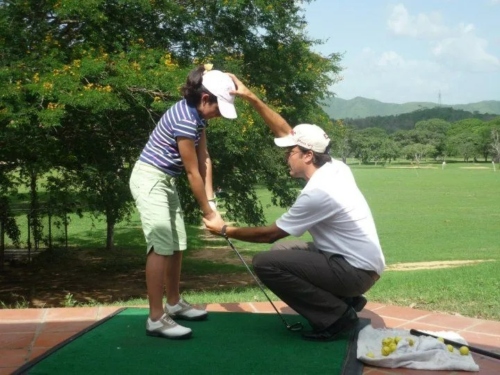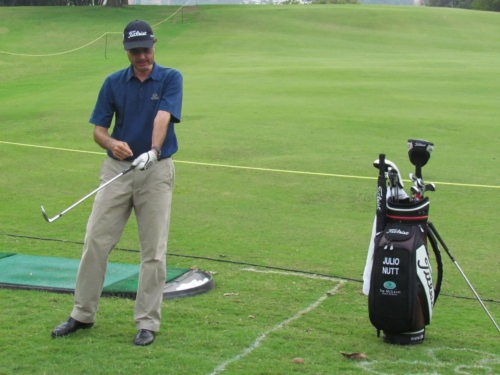
The following information is updated with “quality practice over quantity practice” changed to “Quality practice over quantity practice” in the Practice Habits level, adjusting the pyramid structure for achieving success in golf, with each level building on the one below it.
Key Concept: “Do you actually want this? Define your powerful why.”
Details:
Why do you want it? Why are you willing to do what it takes and sacrifice so much?
Showing up when it’s boring.
Training when no one’s watching.
Sacrificing time, distractions, excuses.
Expansion: This foundation requires a deep, intrinsic drive and a strong work ethic, fueled by a well-defined and powerful “why.” Understanding your personal motivation—whether it’s personal fulfillment, a dream to compete professionally, or inspiring others—keeps you going through challenges, turning practice into a habit driven by obsession and dedication.


Key Concept: “Find your ideal Golf identity, and then just be yourself.”
Details:
Discover your best playing style and demeanor.
Embrace your unique personality on the course.
Be consistent and loyal to your identity.
Expansion: Legendary players showcase diverse swings and styles, proving success lies in authenticity. Each golfer must uncover their optimal identity—where they play their best golf—and commit to it consistently.
Key Concept: “Develop your emotional and mental muscle.”
Details:
Master positive self-talk.
Master your physiology, which is linked to your mind.
Bounce back from misses.
Stay positive during and after bad stretch, mental strength.
Keep showing up during slumps.
Expansion: Golf is a mental and physical challenge, requiring emotional strength and resilience. Positive self-talk builds confidence, controlling physiology enhances mental clarity, and consistency through setbacks distinguishes elite players.


Key Concept: “Quality practice over quantity practice.”
Details: Purposeful reps.
Drills that translate to the course.
Tracking results over time.
Expansion: Effective practice involves intentionality, focusing on techniques that improve game performance. Regularly monitoring progress helps refine skills and ensures practice sessions are productive rather than repetitive
Key Concept: “Your toolbox matters.”
Details: Can you flight it both ways?
Hit it high/low on demand?
Control spin, distance, trajectory?
Expansion: Mastery of diverse skills provides versatility on the course. The best junior golfers develop a broad skill set, allowing them to adapt to various situations and challenges during play.


Key Concept: “Pressure reveals your habits.”
Details: Learn how to manage nerves.
Build routines under fire.
Get used to slow play, bad breaks, tough conditions.
Expansion: Real-world competition tests a golfer’s preparedness. Gaining experience under pressure builds resilience and helps develop strategies to maintain performance despite adversity.
Key Concept: “Learning from others, making years into weeks or days.”
Details: Study successful golfers.
Emulate their techniques and habits.
Expansion: By observing and replicating the strategies of accomplished players, you can accelerate your growth, avoiding common pitfalls and adopting proven methods tailored to your style.


Key Concept: “Now that you’ve done the work, let coaches see it.”
Details: Build your resume.
Play the right events.
Reach out consistently and professionally.
Expansion: Visibility is crucial for opportunities. Engaging with coaches and participating in key events can open doors to college or professional play, while networking can secure vital sponsorships, especially for pros starting out. You don’t need to be ranked #1—just be seen at the right time. This is also critical for a professional career post-college, where financial backing from sponsors is essential.
This pyramid outlines a holistic approach to golf success, emphasizing that a strong foundation of commitment and passion—rooted in a powerful “why”—combined with personal identity, mental mastery, structured practice, skill mastery, competitive experience, modeling, and strategic exposure, is key to achieving excellence